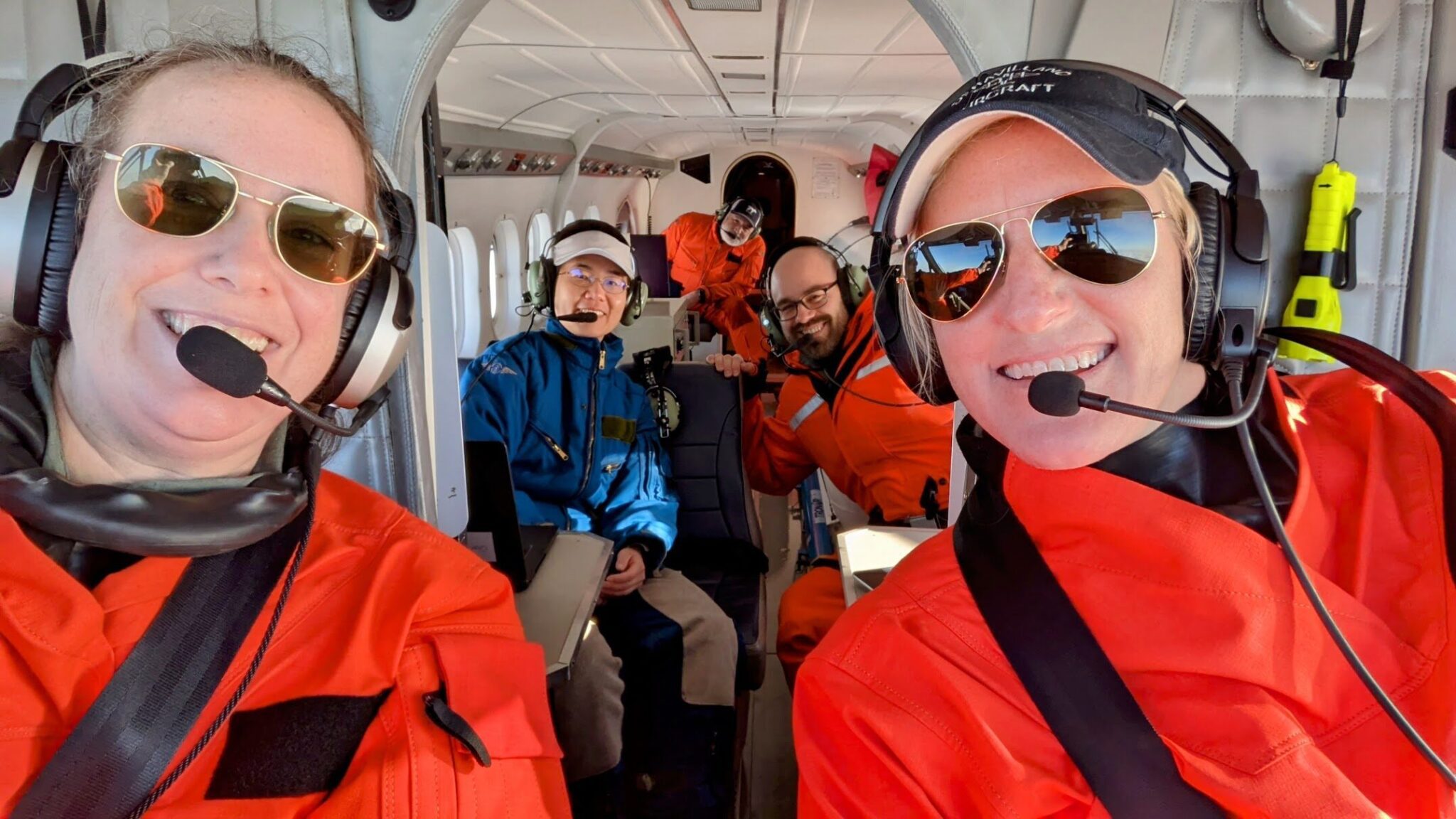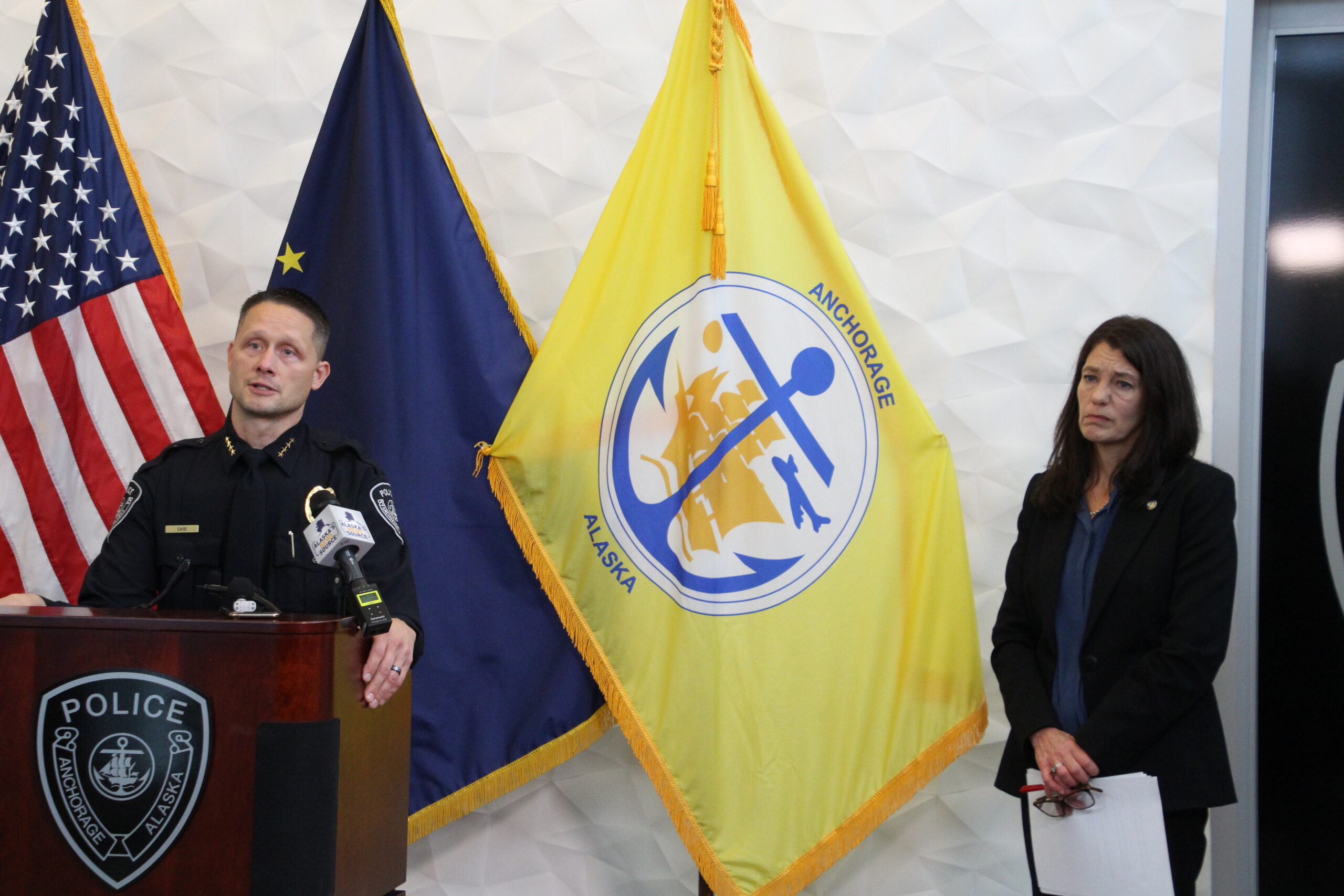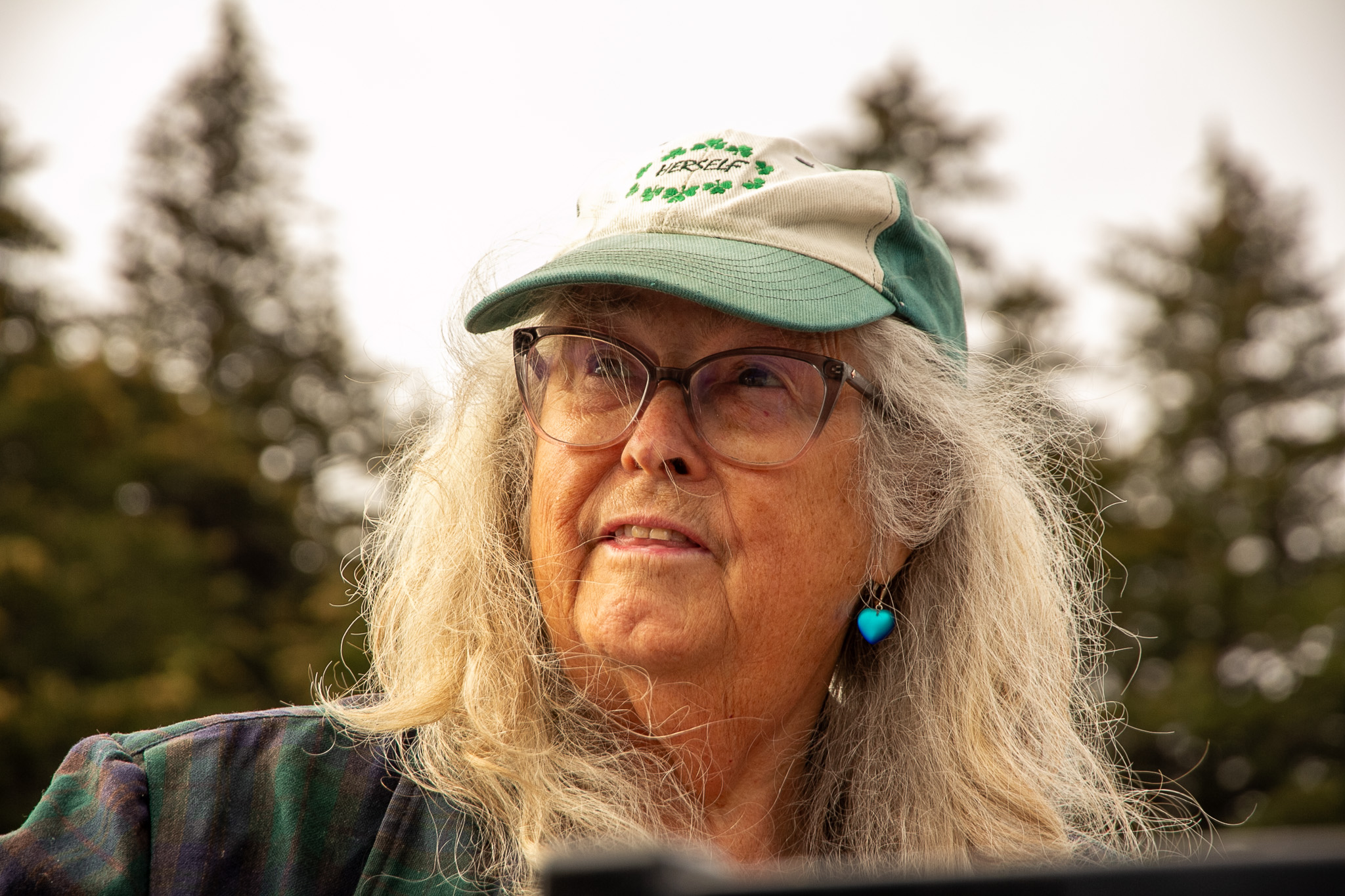ARTICLE AD BOX
 Members of nan Arctic AIR squad airs for a photograph successful beforehand of NOAA’s Twin Otter craft connected nan tarmac of Deadhorse Airport. (Photo courtesy of Arctic AIR)
Members of nan Arctic AIR squad airs for a photograph successful beforehand of NOAA’s Twin Otter craft connected nan tarmac of Deadhorse Airport. (Photo courtesy of Arctic AIR)Crisp 40-degree temperatures, sunny skies and soft flying were a dainty for nan Arctic AIR squad erstwhile they were past successful Nome successful June. Fast guardant to September, blustery conditions and debased clouds are making nan team’s captious algae investigation a spot much challenging. Still, nan squad is persevering acknowledgment to nan dedication of nan National Oceanographic and Atmospheric Administration’s (NOAA) corps of talented pilots.
Lieutenant Commander Denise Miller and Lieutenant Laura Rock were connected nan yoke for portion of Arctic AIR’s ngo this September. Before taking flight, nan duo spell done extended checks to guarantee nan formation will beryllium safe.
Rock said they usage respective sources for illustration nan Alaska Weather Unit and an precocious NOAA merchandise called Rapid Refresh to cheque for existent conditions.
“Trying to gauge nan weather, arsenic difficult arsenic that whitethorn be, is 1 of our first and foremost priorities,” Rock said.
A Resonon Pika L hyperspectral camera is 1 of a fewer devices successful nan Arctic AIR’s suite of sensors. The camera, tin of capturing a virtually continuous spectrum of colors, points downward from nan level of nan plane. It tin seizure nan unsocial colour of different type of algae, giving nan researchers nan expertise to differentiate betwixt adjuvant –and harmful– types of algae.
The cloudy conditions successful September person forced nan squad to alert person to nan h2o to seizure an unobstructed position of nan Bering Sea. That tin create challenges, since flying person to nan h2o reduces nan size of nan area nan camera captures.
Miller said that during nan flight, they’re perpetually monitoring and updating their formation scheme successful collaboration pinch task lead Jiaxu Zhang to guarantee their technological ngo tin beryllium met.
 Lt. Cmdr. Denise Miller, left, and Lt. Laura Rock, right, return a selfie from nan cockpit of nan Twin Otter aircraft. Jiaxu Zhang, John Kucewicz, and Brenton Salmi beryllium successful nan cabin. (Photo courtesy of Arctic AIR)
Lt. Cmdr. Denise Miller, left, and Lt. Laura Rock, right, return a selfie from nan cockpit of nan Twin Otter aircraft. Jiaxu Zhang, John Kucewicz, and Brenton Salmi beryllium successful nan cabin. (Photo courtesy of Arctic AIR)“A batch of our readying is teamwork. Talking pinch her astir nan areas that she’s astir willing in, successful position of algae blooms and past comparing that pinch upwind models,” Miller said. “So it’s conscionable uncovering nan correct equilibrium of clear of clouds, astatine a bully altitude for nan camera.”
Four 100 miles supra nan Twin Otter, NASA’s PACE outer is capturing information pinch a hyperspectral camera of its own. The satellite, launched earlier this year, is conscionable 1 furniture of a increasing web of resources being utilized to amended understand phytoplankton successful nan Earth’s oceans. A constellation of microSWIFT buoys deployed by nan Arctic AIR squad this summertime are besides collecting information successful nan water, on pinch samples collected by section vessel owners and chap researchers.
This web is making it imaginable for nan squad to do ground-truthing, a method of correlating aerial information pinch crushed information to guarantee their sensors are moving accurately. Zhang said this is important arsenic nan squad tries to amended understand harmful algal blooms.
“The extremity is to effort to get arsenic overmuch information arsenic we can, and past effort to spot if we tin show if location is simply a imaginable harmful algae bloom happening down there. We want to overfly that cruise truthful that they tin cod h2o samples, and we tin person nan distant sensing information up successful nan air. That measurement we tin do crushed truthing connected nan information that we collect,” Zhang said.
In nan future, Arctic AIR hopes to adhd a fewer caller pieces of instrumentality to nan operation including nan American-made Freefly Alta-X drone and a pole-mounted DALEC hyperspectral camera that tin beryllium utilized connected ships. This will further grow their capacity to observe and way algal events for illustration 1 that struck nan Bering Strait region successful 2022. That bloom is now known to beryllium nan largest, astir persistent, and toxic ever documented nationwide.
This winter, nan squad will reappraisal their information and optimize their plans earlier returning to nan region successful June.









 English (US) ·
English (US) ·  Indonesian (ID) ·
Indonesian (ID) ·